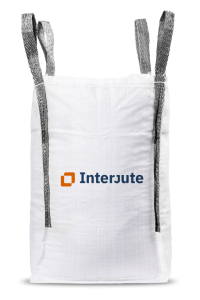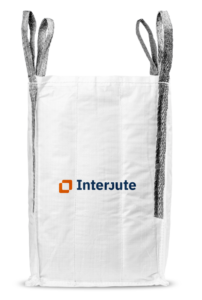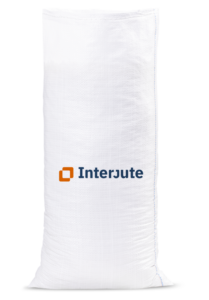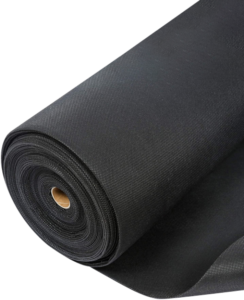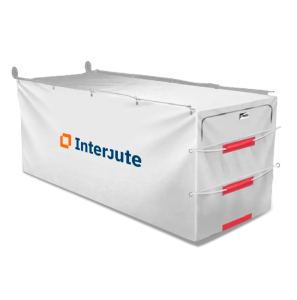Differences between Polypropylene and Polyethylene
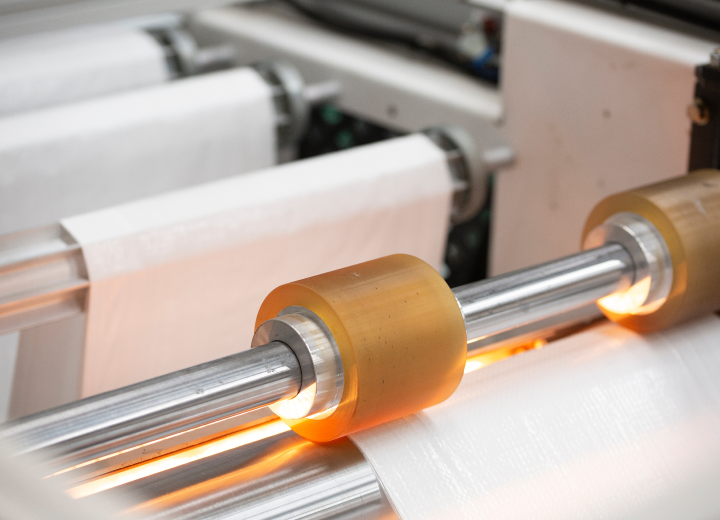
When we talk about Polypropylene and Polyethylene it is very easy to think that they are and serve the same purpose, as they are practically the same at first glance. However, it is quite the opposite because, although they are visually the same, the truth is that each has its own uses.
Both materials, being polymers, are ideal for the storage of bulk products, since each one has some essential characteristics that make it the perfect ally for the protection of such products.
Right now, surely you have many doubts, but don’t worry because throughout this article we will make you understand the differences between both materials so that you have a clear idea of which are the attributes that make them essential for the packaging and storage of some products.
Contenidos
What are the characteristics of polypropylene?
Polypropylene is a polymer that is quite present in our daily lives, this is because most industrial bags are made of it. These are the characteristics of polypropylene:
- It is a fairly light material, and this is due to the fact that it is not very dense.
- It has a high resistance to high temperatures and also offers protection against certain types of acids or solvents that can cause quite a lot of damage.
- Its original colour is translucent transparent, which makes it ideal for colouring and customising bags.
- It is the perfect ally to insulate electricity.
- It is a very resistant material, which makes it very difficult to break and break, as well as being resistant to water and possible impacts during the transport of stored goods.
- It is also worth mentioning that it is possible to recycle the packaging made of this material, which helps to improve the work with the environment.
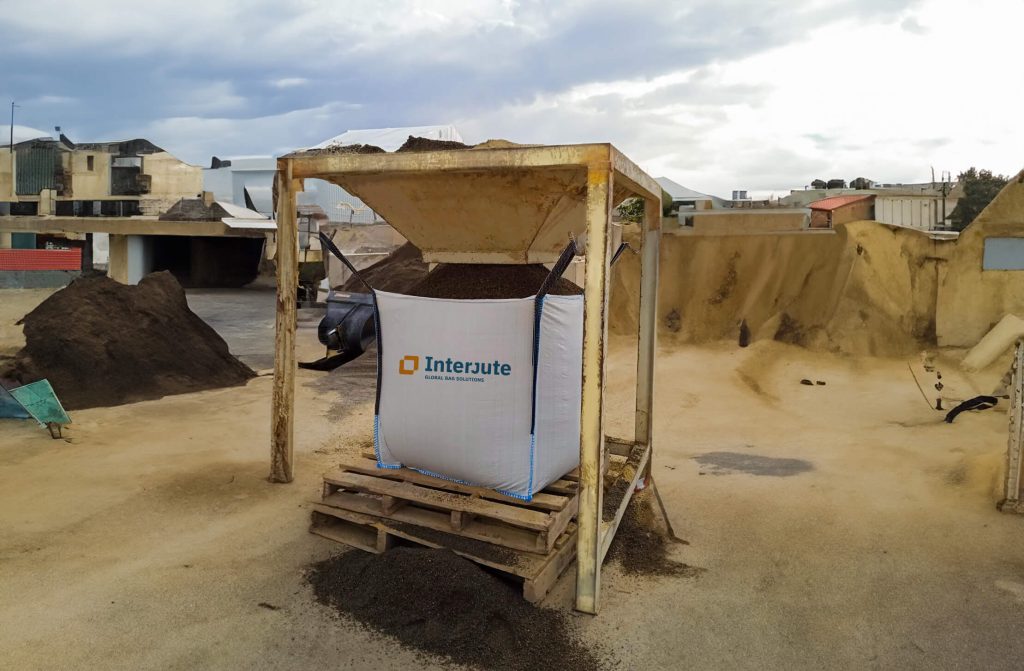
What products do we manufacture in Interjute with this material?
Below, we share those products in which we use polypropylene fabric to manufacture them, as well as their corresponding link:
What are the characteristics of polyethylene?
Polyethylene is the best known polymer globally, this is due to the fact that most of the plastics found in our daily lives are made from it, which is why they are easily accessible. These are the characteristics of polyethylene:
- They have a high resistance to low temperatures.
- High resistance to abrasion, impacts and blows, this is due to the fact that it gives rise to a robust plastic.
- It has greater flexibility, since it is an elastic material that stretches easily.
Depending on the characteristics of the polyethylene, there are two types: linear polyethylene or branched polyethylene.
What products do we manufacture at Interjute with the option of including this material?
All the containers that we currently manufacture have the possibility of including an inner polyethylene bag, whether they are big bags or sacks.
The most common option would be the 1-handle big bag, which is usually manufactured with an inner polyethylene bag. This format is mainly used for the packaging of fertilisers and, therefore, due to the characteristics of the product to be packaged, a greater tightness in the packaging is required.
However, an inner polyethylene bag can be included in the 4-handle, 2-handle or Q-bags big bags and also in the different sack formats that we manufacture.

What characteristics do Polypropylene and Polyethylene have in common?
Polypropylene and Polyethylene share some similarities, and this is because they are both polymers used in the manufacture of plastics. The common characteristics found in both are as follows:
- Both can be coloured, and therefore customised according to the customer’s need, so they can be found in different colours and opacities.
- They are good allies for stretching, which is why we use them at Interjute to make our flexible packaging.
- Both are highly resistant to chemical substances, although it should be mentioned that polypropylene fabric can be more effective in these circumstances.
- One of their greatest virtues is that they are very versatile and malleable.
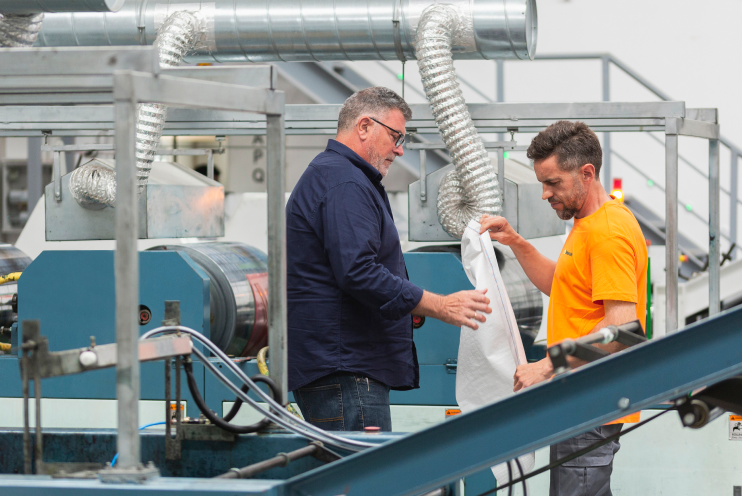
In addition, both are governed by the same legislation, in this case the Spanish legislation on plastic packaging for food use, which is regulated by Royal Decree 211/92 and 2207/1994.
At Interjute we have a wide range of products manufactured with both materials, and depending on the needs you have, we will use one or the other, so that you can have the maximum quality and resistance in the storage and transport of any bulk product.
